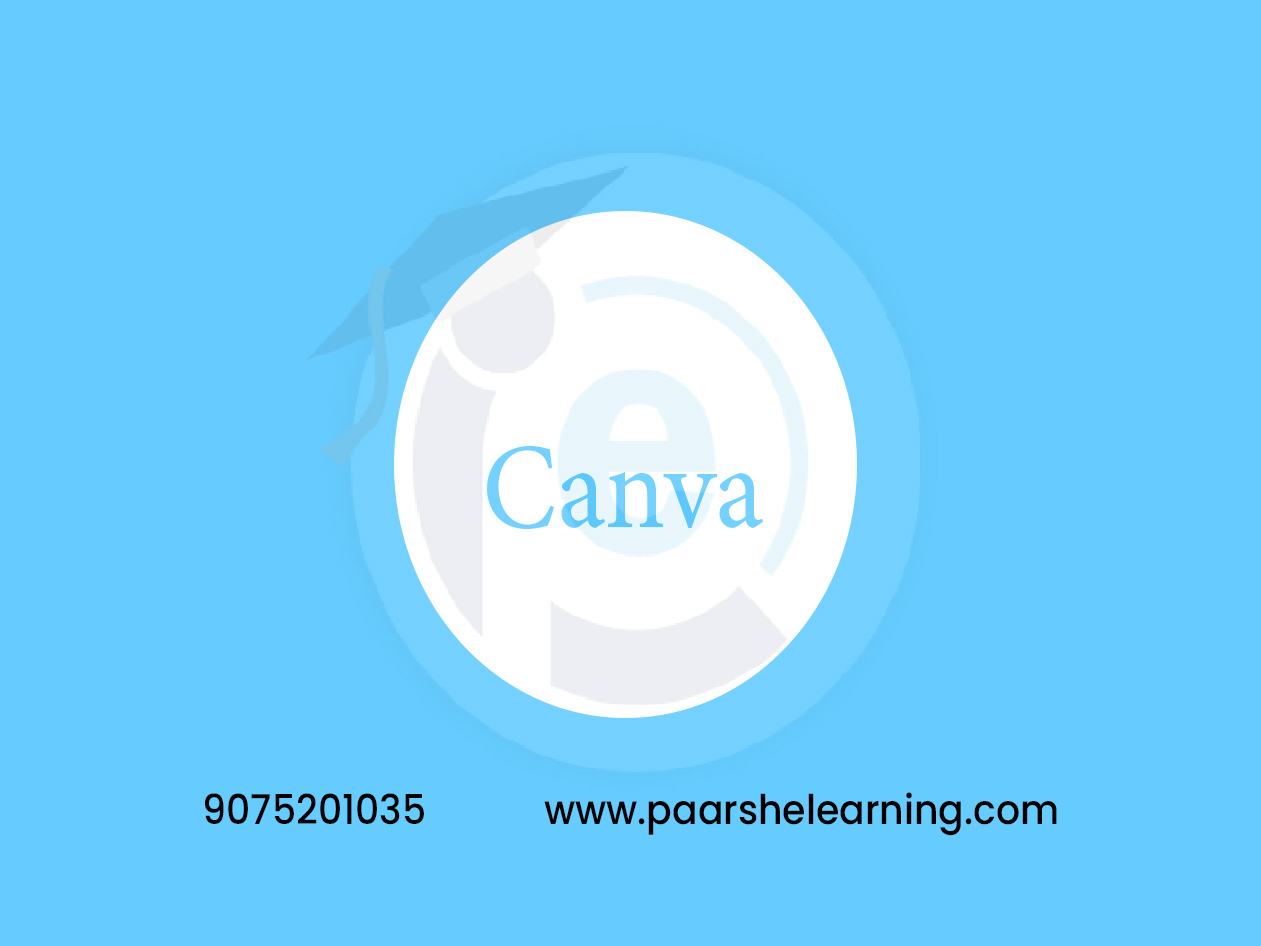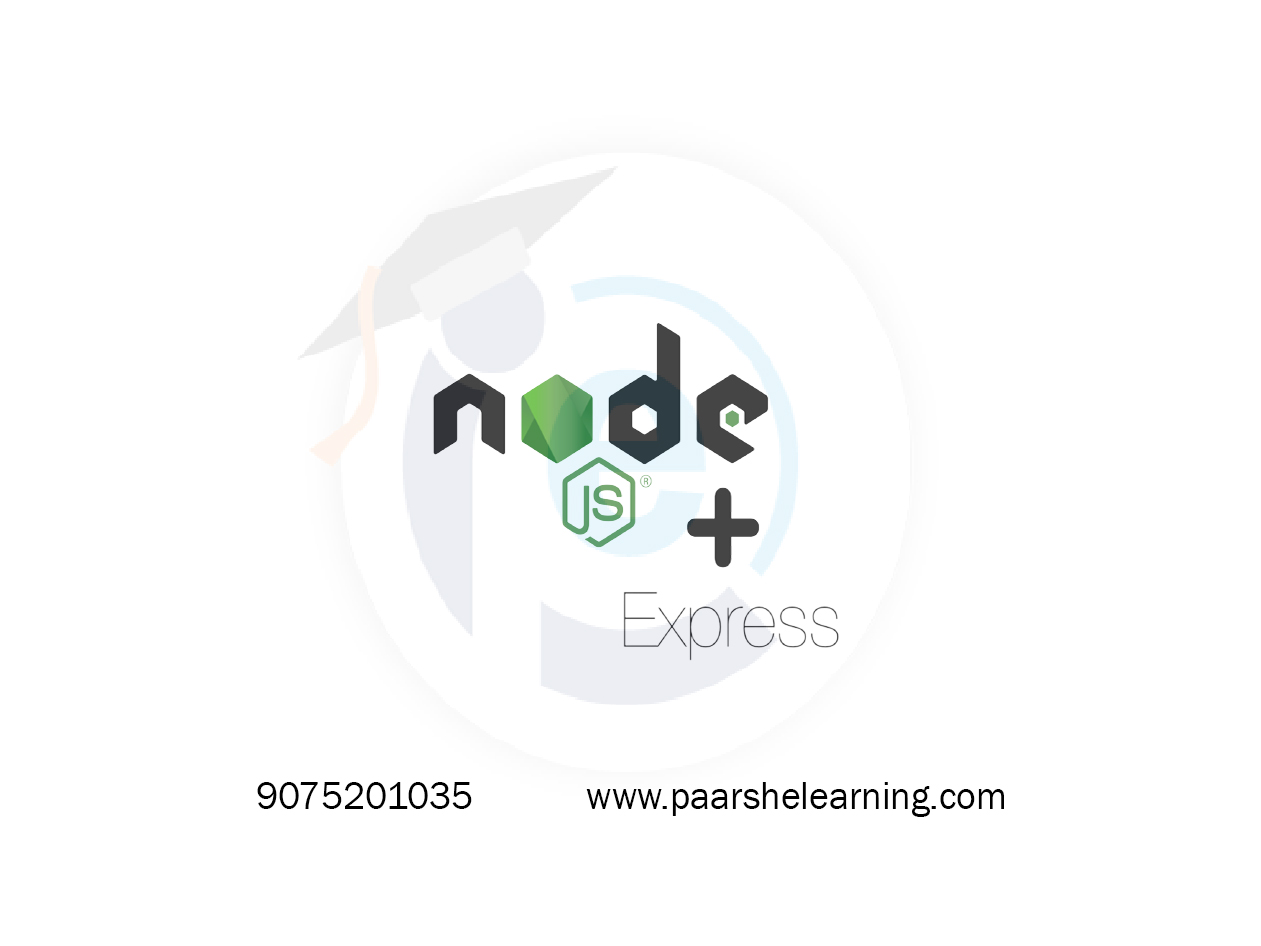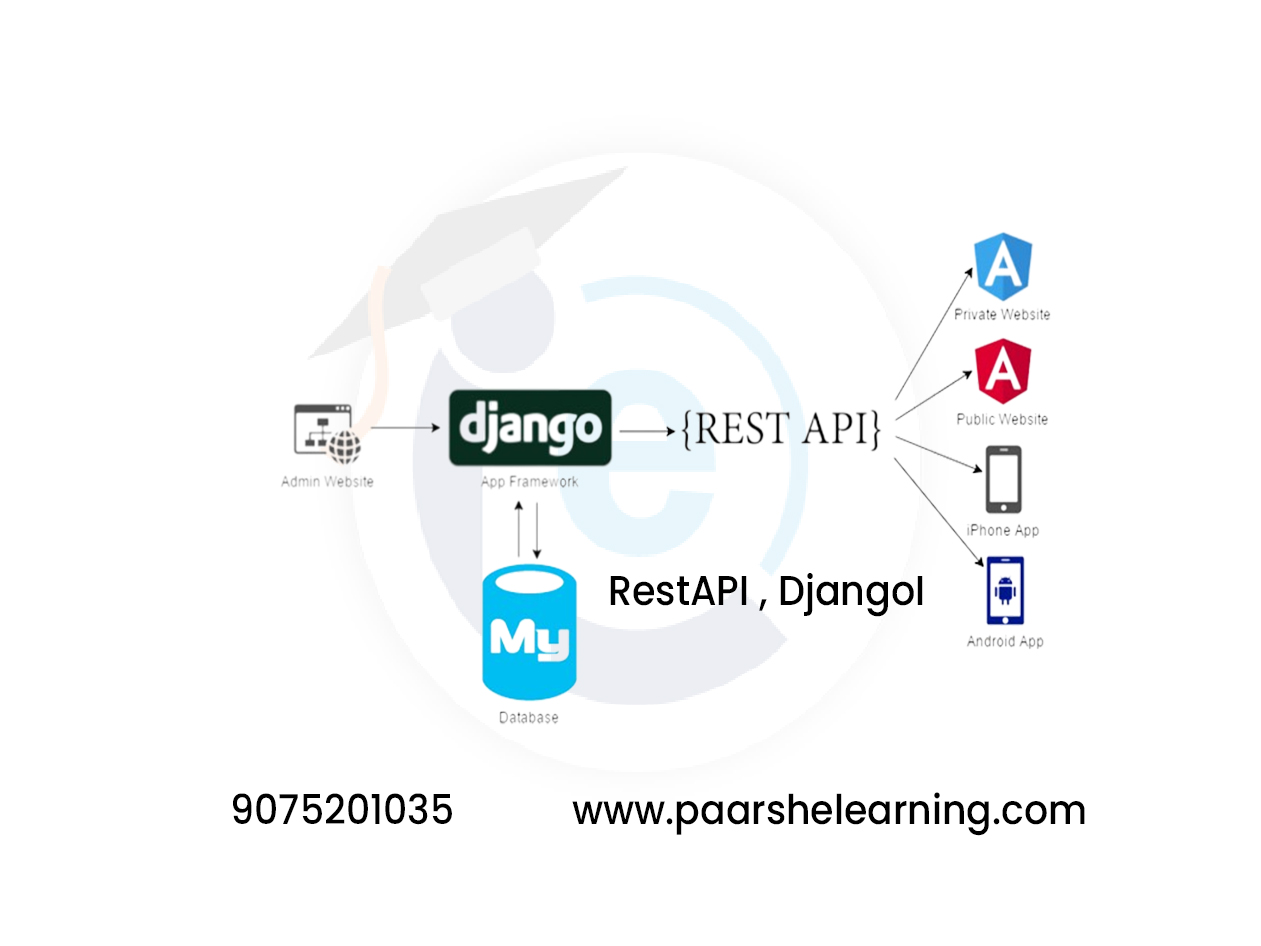- HTML basics: Structure of an HTML document, tags, attributes, and semantic markup
- CSS fundamentals: Selectors, properties, values, box model, layout, and responsive design
- Bootstrap: Layout components, forms, navigation, grids, and responsive design
- JavaScript: Variables, data types, control structures, functions, object-oriented programming, and ES6 features
- AJAX: Making HTTP requests, handling responses, and updating page content asynchronously
- JQuery: Selectors, events, effects, animations, and AJAX methods
- JQuery: Selectors, events, effects, animations, and AJAX methods
HTML, CSS, Bootstrap, JS, AJAX, JQuery, React
Course description
HTML, CSS, Bootstrap, JavaScript, AJAX, jQuery, and React are essential web development technologies and frameworks. When learning these technologies together, here's what you should focus on:
-
HTML (Hypertext Markup Language): Start by mastering HTML, which is the standard markup language for creating web pages. Learn about HTML tags, elements, attributes, and semantic structure. Understand how to create and structure the content of a web page using HTML.
-
CSS (Cascading Style Sheets): Develop a strong understanding of CSS, which is used for styling and layout purposes. Learn how to apply styles, create selectors, manage box models, work with typography, position elements, and create responsive designs.
-
Bootstrap: Explore Bootstrap, a popular front-end framework that provides pre-built CSS and JavaScript components for building responsive websites. Learn how to utilize Bootstrap's grid system, navigation components, forms, buttons, and other UI elements to create visually appealing and responsive web pages.
-
JavaScript: Familiarize yourself with JavaScript, a powerful programming language for adding interactivity to web pages. Learn JavaScript syntax, variables, data types, control structures, functions, and objects. Understand how to manipulate the DOM (Document Object Model) and handle events using JavaScript.
-
AJAX (Asynchronous JavaScript and XML): Learn about AJAX, a technique used to send and retrieve data from a server asynchronously without reloading the entire web page. Understand how to use JavaScript
XMLHttpRequestor modernfetchAPI to make AJAX requests and update parts of a web page dynamically. -
jQuery: Explore jQuery, a popular JavaScript library that simplifies DOM manipulation, event handling, animation, and AJAX operations. Learn how to select and manipulate DOM elements, handle events, perform animations, and make AJAX requests using jQuery.
-
React: Familiarize yourself with React, a JavaScript library for building user interfaces. Learn React's component-based architecture, JSX syntax, state management, and virtual DOM. Understand how to create reusable UI components, handle component lifecycle, manage state and props, and perform efficient updates using React.
What you will learn from this course?
This course includes!
- Daily Live session
- A recorded session with problem-solving material
- Access on Mobile and TV
- Certificate of completion
- Recommendation Letter
- 100% Job Placements
This course is for
- A course in HTML, CSS, Bootstrap, JS, AJAX, JQuery, and React is suitable for individuals who are interested in web development and want to learn how to build interactive and responsive web applications.
- This course is ideal for beginners who are just starting in web development and for those who want to expand their skills in front-end development.
- This course can also benefit professionals in related fields who want to improve their knowledge of web development, such as graphic designers who want to design and develop their own websites or developers who want to expand their skills beyond a particular framework or programming language.
Prerequisites for this course
- To take a course in HTML, CSS, Bootstrap, JS, AJAX, JQuery, and React, it is recommended that individuals have a basic understanding of programming concepts such as variables, data types, control structures, and functions. Familiarity with the fundamentals of HTML and CSS is also helpful, but not required.
- For individuals who are completely new to programming or web development, it is recommended to start with a basic course in HTML and CSS before moving on to more advanced topics such as JavaScript, jQuery, and React.
Html, Css, Bootstrap, Js, Ajax, Jquery, React Syllabus
-
Introduction To Web Development And Html
Overview of web development technologies and their roles Introduction to HTML5 and its structure Working with HTML elements, tags, and attributes Creating basic web pages using HTML
-
Styling With Css
Introduction to CSS3 and its importance in web design Applying CSS styles using inline, internal, and external methods Understanding selectors, properties, and values Implementing typography, colors, and backgrounds
-
Introduction To Bootstrap
Overview of Bootstrap framework and its features Setting up Bootstrap in a project Using Bootstrap's grid system for responsive layout Styling components and navigation using Bootstrap
-
Javascript Fundamentals
Introduction to JavaScript and its role in web development Variables, data types, operators, and control structures Functions, objects, arrays, and loops in JavaScript Document Object Model (DOM) manipulation
-
Introduction To Jquery
Overview of jQuery library and its benefits Selecting and manipulating elements using jQuery Handling events and animations with jQuery Using jQuery plugins for enhanced functionality
-
Asynchronous Javascript And Ajax
Understanding asynchronous programming and callbacks Making HTTP requests using AJAX Handling responses and updating the DOM dynamically Loading data without refreshing the page
-
Introduction To React
Overview of React library and its key concepts Setting up a React development environment Creating components and JSX syntax Building a simple React application
-
React Components And Props
Working with class components and functional components Passing data between components using props Managing component state and reactivity Building a more complex React application
-
React Hooks And State Management
Exploring React hooks (useState, useEffect) Managing state and lifecycle with hooks Introduction to state management libraries like Redux Integrating state management into a React application
-
Styling In React And Ui Libraries
Styling React components using inline styles and CSS modules Overview of UI libraries like Material-UI or Ant Design Creating a visually appealing user interface using styles and components
-
Building A Complete React Application
Integrating various concepts learned into a comprehensive project Creating a multi-page React application with routing Fetching data from APIs and rendering it in components Applying responsive design principles and best practices
-
Final Project And Deployment
Students work on a final project that demonstrates their skills Developing a fully functional web application using React Styling, interactivity, and responsiveness of the application Deploying the React application to a hosting platform (Netlify, Vercel, etc.)
-
Paarsh E-Learning encourages hands-on practice, assignments, and projects throughout the course to reinforce students' understanding of front-end web development technologies. Assign practical exercises that involve building web pages, creating interactive elements, and developing complete applications. Cover both theoretical concepts and practical applications to provide a well-rounded learning experience.





